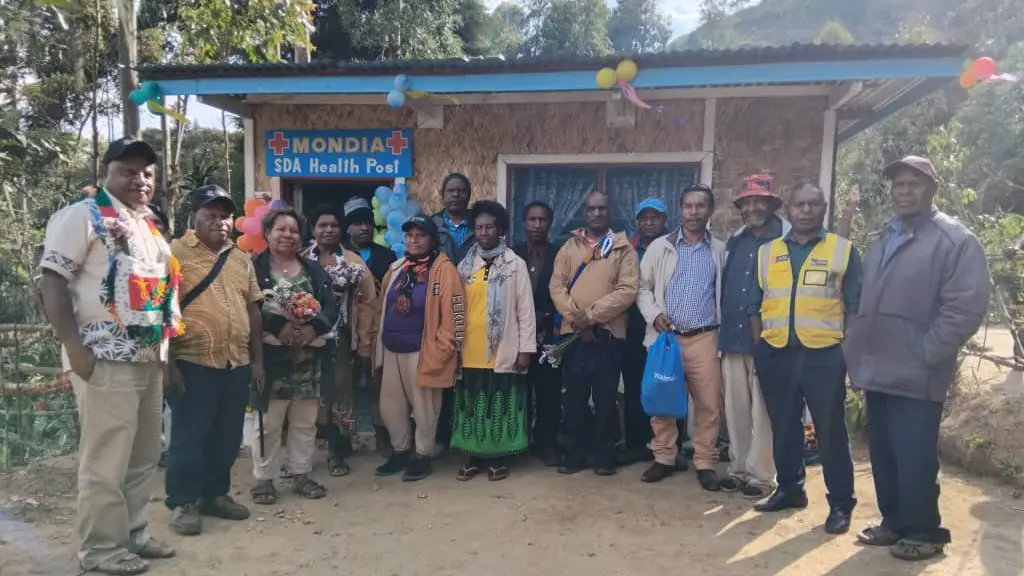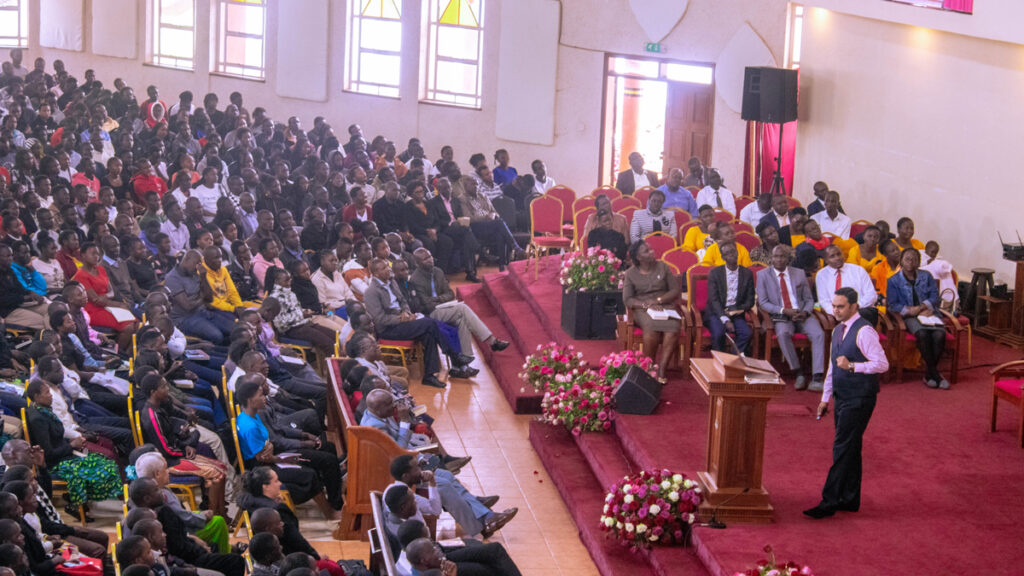Sydney Adventist Hospital has introduced a new device into its cancer services, which allows for greater precision in breast cancer surgery.
The San is the first hospital in the northern Sydney region to offer the Scout implantable marker system for patients undergoing surgery for breast cancer.
About one-third of breast cancer patients have cancers that cannot be felt. Before surgery, these lesions have to be located and “marked” in some way, so surgeons know where the abnormal tissue is when they come to operate. This process is called “localisation”.
“For the past 40 years the prevailing method of marking where cancerous and pre-cancerous growths were located in the breast was to insert a hookwire into the lesion—under the guidance of ultrasound,” said San breast cancer surgeon, Associate Professor Nicholas Ngui. “This was usually done early on the morning of surgery, and the hookwire would stay in place until the operation to remove the tumour.”
Some of the drawbacks of the hookwire include patient discomfort from having a wire protruding from their breast, and the risk of the wire dislodging. It also meant early starts for the patient and two procedures in one day, as the hookwire had to be inserted in the radiology department early on the morning prior to going to theatre to have the cancer removed.
In the past few years technology has emerged which uses miniscule implantable markers as an alternative to hookwires. Devices like the Scout system have been used in the USA for a number of years, and more recently approved for use in Australia.
“The Scout device involves a small reflector ‘seed’ the size of a staple being inserted into the breast cancer in the days or weeks leading up to surgery, and stays in place until surgery,” said Associate Prof Ngui.
“This acts as a marker so you can find the lesion. The Scout reflector seed is inert; it is not powered by battery and has no radiation. On the day of surgery to remove the cancer, we use a hand-held device—similar to a probe or wand—which emits radar, and the reflector seed reflects that radar signal and tells you exactly where the cancer is.
“This allows for greater precision in surgery. With the hookwire, it can sometimes be hard to tell exactly where the cancer is because the wire can be quite long and you don’t know how deep the wire is inside the breast. However with the Scout system, it will tell you exactly how far the reflector marker is from the tip of the probe—to the millimetre—and we can make the incision based on real-time information about where the actual cancer is.”
Associate Prof Ngui said Scout can help obtain clearer margins around the cancer and preserve healthy breast tissue. “With the hookwire, we sometimes had to take out tissue along the wire if you weren’t sure exactly where the lesion was,” he explained.
“With Scout, the reflector marker seed is right in the middle of the cancer, and so the surgery is much more accurate. Using the Scout probe we get like a 3D map of how far away the margin is in all directions, and if the probe shows that the margin is only 1mm away, then we can take an extra shave of breast tissue from that spot. Scout gives you real-time feedback as to whether the margins are sufficient or not.”






